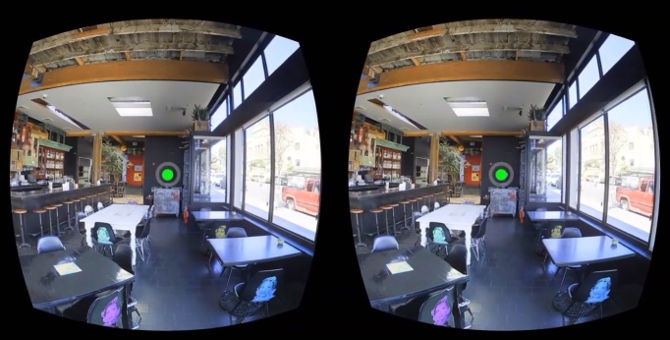Virtual reality has exploded onto the mainstream market over the past few months with a number of headsets launched for big named brands, including Samsung and HTC. Immersive and exciting, the device is set to become a success, as games industry analyst, Superdata, predicted that the install base for the headsets will reach 70 million by the end of next year, resulting in £5.8m in hardware sales. The possibilities of its use are tantalising. Commercial property is one such sector that’s currently in the midst of catching on to this virtual experience, which could benefit the industry going forward.

Influencing the Commercial Sector
It was announced last year that CBRE was signing a two-year partnership with a London based start-up, Virtual Walkthrough, to digitally capture UK offices available to let in 360-degrees. The firm has already captured offices in London’s Heron Tower at 110 Bishopsgate and Tower 42, the oldest skyscraper in the city. In 2015, there were a selection of residential property agents stepping into the virtual world, which allowed buyers to take digital tours of homes. The retail sector has followed suit, with Hammerson mapping out all UK shopping centres and retail parks using the service of Virtual Walkthrough, complete with 360-degree photography and floor plans. So how does it all work?
Virtual Walkthrough
The method, which I tested on Virtual Walkthrough, immediately felt comfortable with its features, as it shares a resemblance to Google Street View. You simply drag your cursor on the image and look at the premises in full detail. I started outside of the building. From here, I got a reasonable understanding of footfall and other businesses that exist around it. After perusing the exterior, it was time to see if the interior lived up to expectations and that’s when I was welcomed with a high quality 360-degree image of a commercial space. I could look at every corner of the room and look at the view outside. You could even go as far as looking at the bathroom facilities.
In a piece in the Financial Times, chief commercial officer at Virtual Walkthrough, James Morris-Manuel, said: “We feel this counts a fist viewing – people are usually going to physically do the second viewing but this helps to better qualify them and speed up the sales cycle.”
Prices are based on location and square footage of the property.
There are other companies out there which currently offer a similar service, but one firm in particular is taking it that next step further.
Matterport
US based Matterport are currently offering the next generation of virtual tours. Using the Oculus Rift headsets, you can look around a property as if you’re actually there. This helps give you a greater feeling of what to look for in a property. It’s a whole new type of engagement which has set the benchmark for future practices. The cloud service costs £105 a month for businesses or alternatively, you can pay around £3,200 for the Matterport Pro 3D camera.

Source: Matterport
Looking Forward
With virtual reality becoming common place in the everyday home, it will be a great feature for the commercial property sector to invest in. The biggest issue may be cost, as smaller firms could struggle to afford the equipment, but it will be interesting to see what the future holds for this software over the next 10 years.
Do you see Virtual Reality as the help or hindrance of the sector? Let us know in the comments section below.